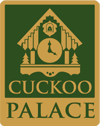History
In Christian Werner's workshop, which seems to hail from another century, shavings fly about! But only those of soft, fresh spruce wood, soon covering the floor like tiny streamers. The ring-turning workshop of Werner in Seiffen is the last manufacturer where ring-turned animals are traditionally handmade. His love for woodworking was passed down from his father, Walter K. Werner, who himself ran a wooden art business. After training as a wooden toy maker, Christian Werner founded the company Werner Reifentiere in 1985. Ever since, the master workshop has been dedicated entirely to the fascinating craft of ring-turning, one of the most intriguing and challenging techniques in woodworking.
Ring-turning - a Masterful Art
Anyone who has ever watched a ring-turner at work will never forget it. This unique form of craftsmanship, using a lathe specifically designed for the purpose, was invented in the Erzgebirge mountains. And that was over 200 years ago! The abundant water power in the Erzgebirge was used, as in many places, to drive the turning machine. Unfortunately, it's not recorded who had the brilliant idea to carve a wooden disk into a ring such that its cross-section would reveal the shape of a figure. Back then, the invention of ring-turning allowed for an early form of "mass production" of wooden toys, especially small animals.
In ring-turning, a piece of wood - in Werner's workshop fresh spruce wood from Upper Austria is used - is processed on a special lathe to create a ring ranging from about 30 to 50 centimeters in diameter. This ring has a complex pattern of grooves, bulges, and notches that appear mysterious at first glance.
Only when the ring is removed and cut open does one realize that its cross-section roughly outlines an animal or some other figure. One can then chip away evenly wide segments from the ring using a hammer and a flat knife. Each slice already reveals the basic shape of a horse, goat, giraffe, etc. The blank is moistened for easier handling and then finely carved by skilled hands and finally painted to give it its final touch and vivacity.
Today, due to its complexity and the skill required, this challenging technique has almost disappeared, with fewer than 10 people worldwide mastering it. It's all the more heartening that Christian Werner's son represents another generation learning this demanding and unique craft, ensuring not just the continuation of the family's master workshop, but also that this ancient technique won't die out.
Animals of All Kinds
It's astounding the variety of animal motifs that can be created in different sizes and postures using this method. By now, from monkeys to zebras, there's hardly an animal that hasn't been immortalized as a ring-turned figure in Werner's workshop. Many even exist in various poses and variations. Christian Werner is truly a master of his craft in every sense. Be it a farm, a zoo, or an entire Noah's Ark, the possibilities for collectors of these tiny creatures are limitless.
-
Bison - female - 4 cm / 1.6 inch
in stockNo reviews -
Brown Bear - 2,6 cm / 1 inch
in stockNo reviews -
Cat - 2 cm / 0.8 inch
in stockNo reviews -
Cow - 3,1 cm / 1.2 inch
in stockNo reviews -
Donkey - 4 cm / 1.6 inch
in stockNo reviews -
Elk - male - 5,8 cm / 2.3 inch
in stockNo reviews -
Fox - 2,2 cm / 0.9 inch
in stockNo reviews -
Hippopotamus - 2,8 cm / 1.1 inch
in stockNo reviews -
Horse - 4,4 cm / 1.7 inch
in stockNo reviews -
Lion - female - 2,7 cm / 1.1 inch
in stockNo reviews -
Lion - male - 2,9 cm / 1.1 inch
in stockNo reviews -
Lynx - 2,6 cm / 1 inch
in stockNo reviews -
Rhinoceros - 3,2 cm / 1.3 inch
in stockNo reviews -
Tiger - 2,2 cm / 0.9 inch
in stockNo reviews -
White-Headed Sea Eagle - 3,5 cm / 1.4 inch
in stockNo reviews -
Wolf - 2,6 cm / 1 inch
in stockNo reviews -
Zebra - 3,7 cm / 1.5 inch
in stockNo reviews -
Elephant - male - 4,6 cm / 1.8 inch
Currently out of stock★★★★★1 -
German Shepherd Dog - 2,5 cm / 1 inch
Currently out of stockNo reviews -
Goat brown - 4 cm / 1.6 inch
Currently out of stockNo reviews -
Goat white - 4 cm / 1.6 inch
Currently out of stockNo reviews -
Polar Bear - 2,8 cm / 1.1 inch
Currently out of stockNo reviews -
Red Deer - male - 4,8 cm / 1.9 inch
Currently out of stockNo reviews
All sizes in inches are approximate. For exact size please refer to cm indication (1 inch = 2.54 cm).
Prices in USD are subject to change due to currency exchange rates and are updated bi-weekly.
* Applies to in-stock items only
** Applies to US shipping addresses only

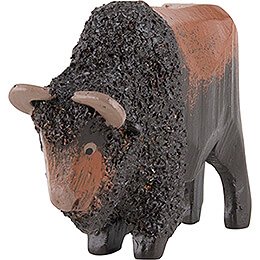
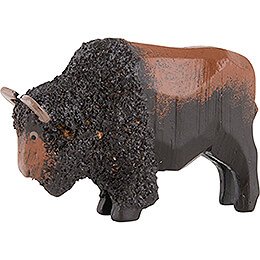
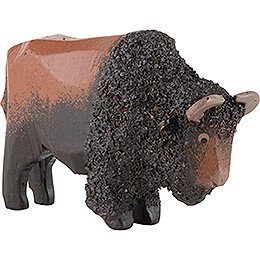
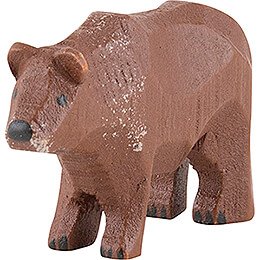
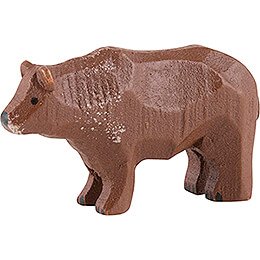
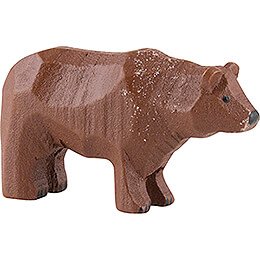



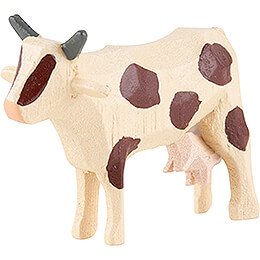
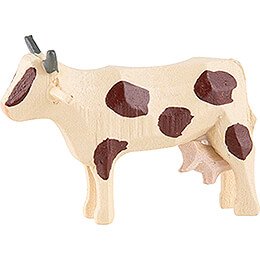
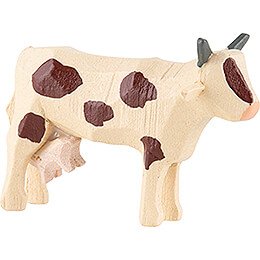
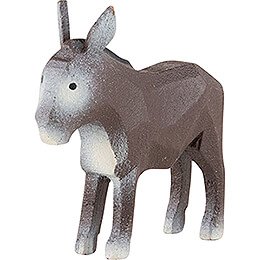
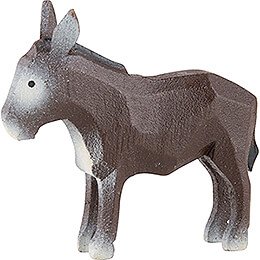
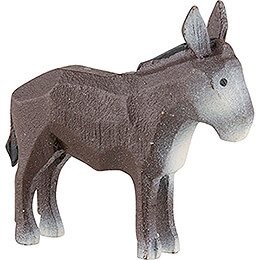

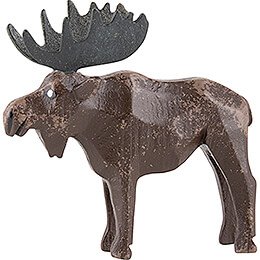
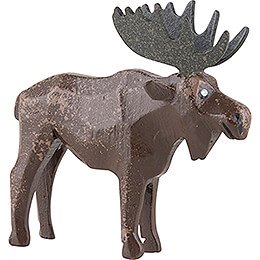
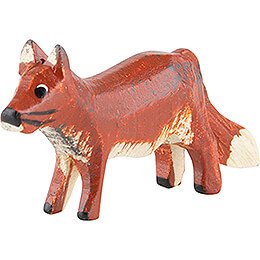
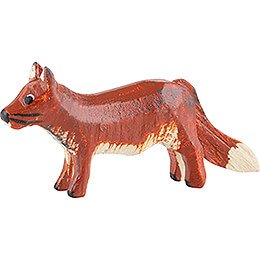
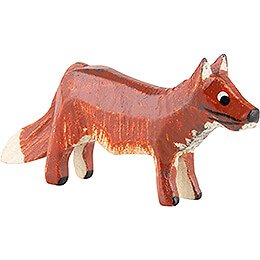
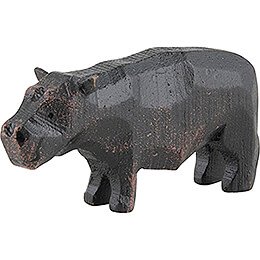
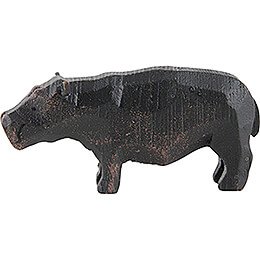

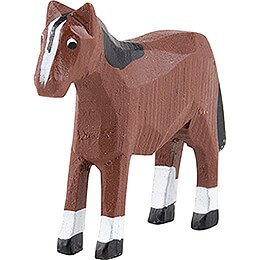
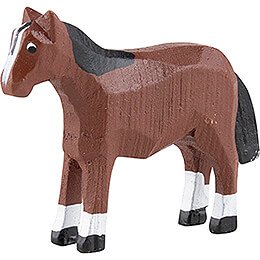
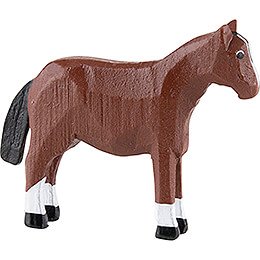
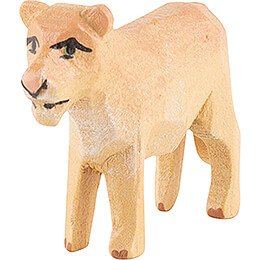
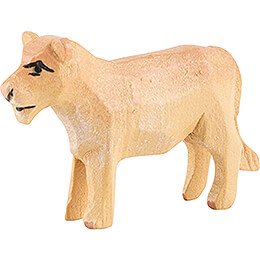
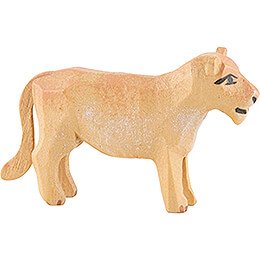
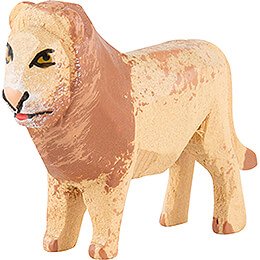
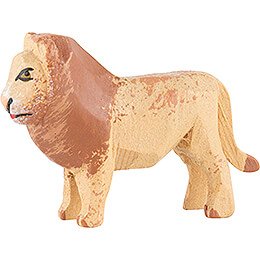
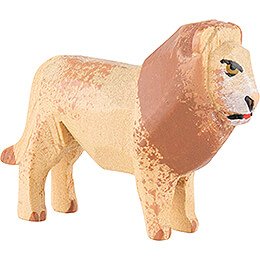
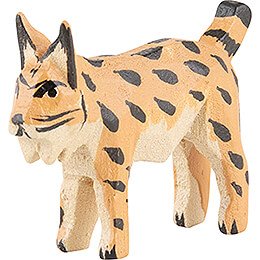
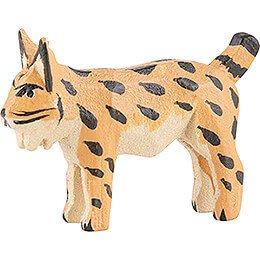
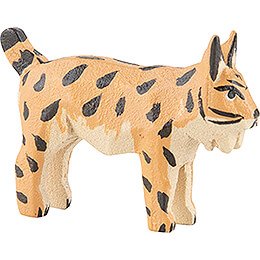
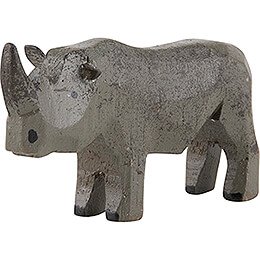
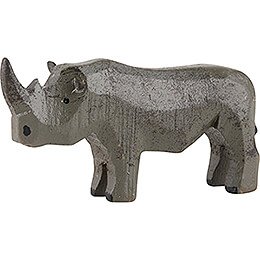


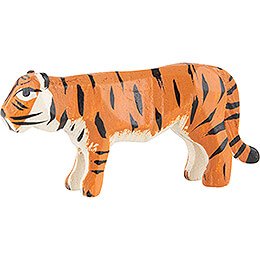

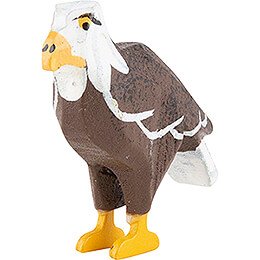
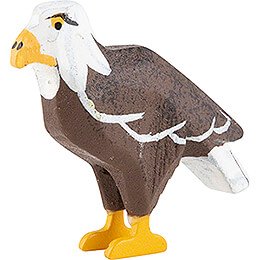
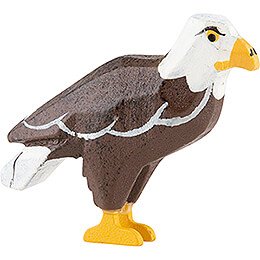

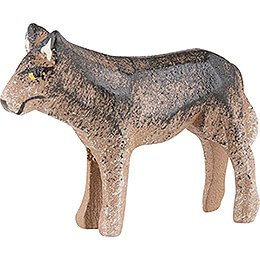

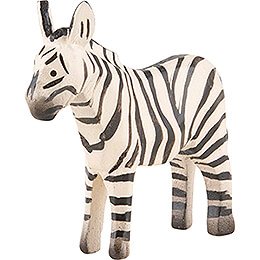

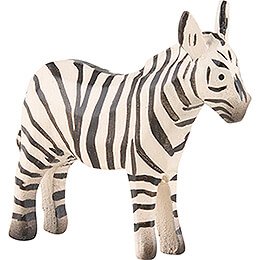

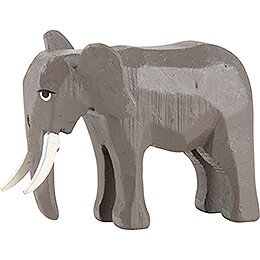
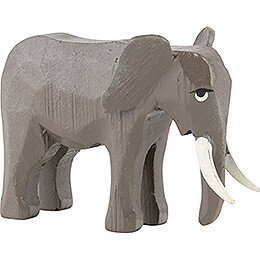
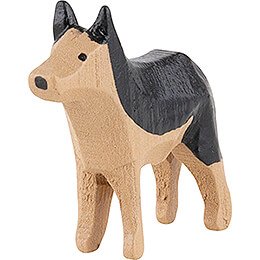
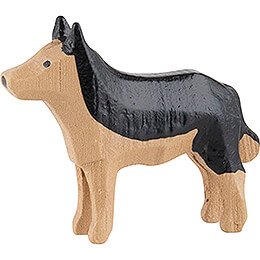
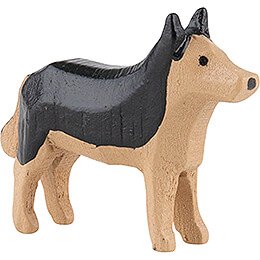
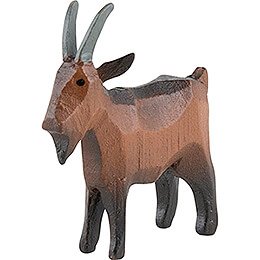
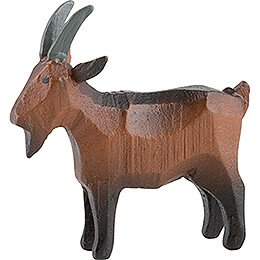
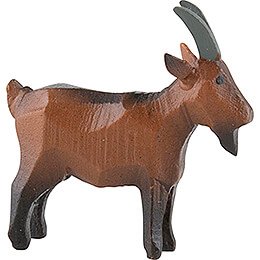
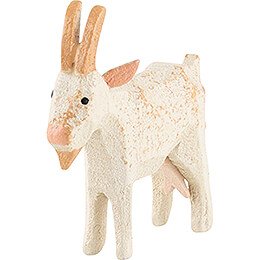
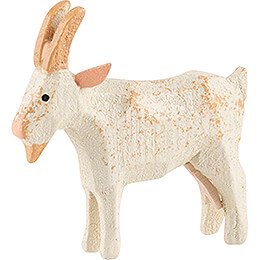

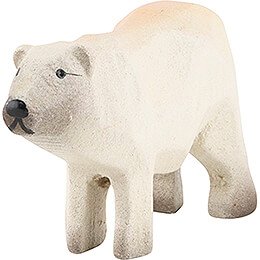
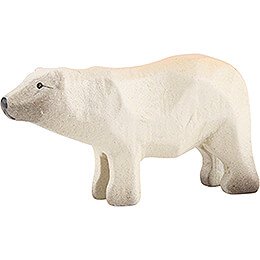

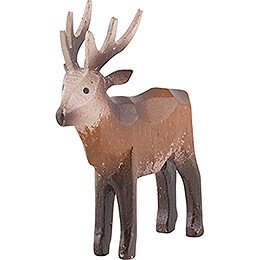

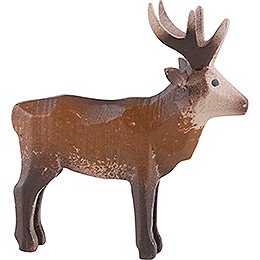
 Contact us!
Contact us!
















